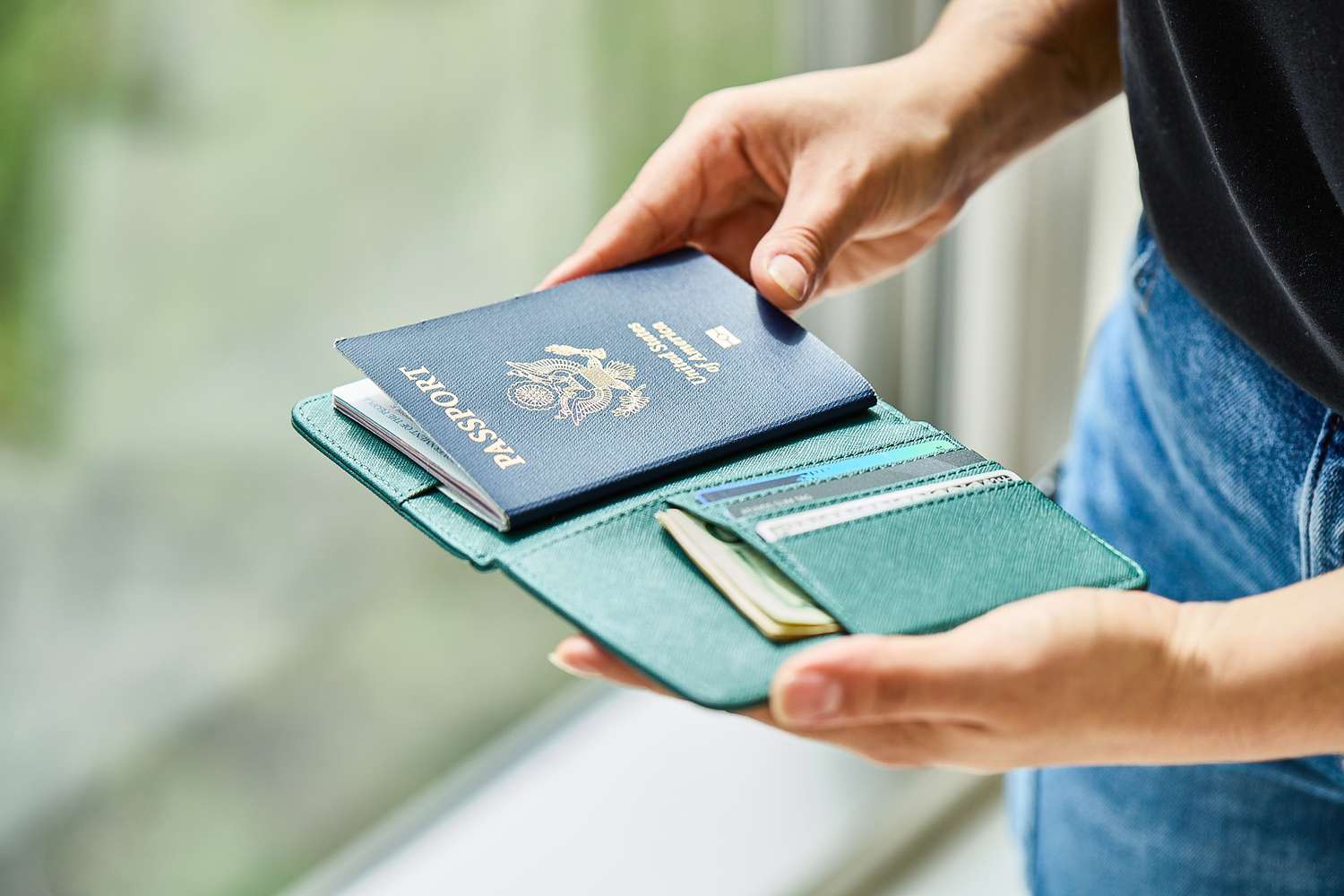Before heading out on your first international trip, there are a few important things to tackle. First, you’ll have to pick where you want to go and who you want to bring along for the journey. Then, you’ll have to put together a packing list. But perhaps most importantly, you’ll have to make sure your passport is in order. And when you do, you’ll be assigned a number unique to you that’s printed inside that tiny booklet waiting to be stamped.
When you get your hands on your passport, you’ll notice a few key pieces of information printed inside, including your name, address, and the issue and expiration date. But along with those details is a string of eight numbers, which may leave you a bit curious. Here’s what you need to know about the significance of your passport number and how it helps you see the world—including some relatively recent updates to the U.S. passport format.
Here’s what the numbers on your passport mean.
The short answer is your passport number doesn’t reveal much about you. Historically, U.S. passport numbers were a nine-digit numerical code. However, in 2021, the State Department introduced the Next Generation Passport, which comes with “new features, such as a polycarbonate data page, laser engraving, and updated artwork.” Those new features include an updated alphanumeric system, meaning new passports begin with a letter followed by eight numbers.
“As of the beginning of 2023, all passport agencies are issuing the new passport books. The Next Generation Passport look is only extended to passport books. The passport card has not been upgraded yet,” RushMyPassport explained. However, the website also noted that while the new passport is available, you don’t need to update your current passport before it expires. “U.S. passport books and cards will remain valid until their expiration date. You can travel with your current passport without a problem.”
As for the new numbers, those, too, are still randomly assigned, so no need to worry about them giving away any personal information. But note that if and when you update your old passport, you will be given a new number with it.
The changes to the number also coincide with several enhanced security measures embedded in the Next Generation Passport, including polycarbonate data pages and a laser-engraved image, which the State Department said makes the new passport more tamper-resistant and durable.
Here’s how your passport application numbers differ.
When applying for or renewing a U.S. passport, you’ll be assigned a nine-digit application locator number, which helps in tracking the status of your application. Unlike your official passport number, this one does contain some hidden information. As the State Department explains, the first two digits in the application number indicate the processing facility responsible for your application. For example, an application number starting with “34” means it’s being processed at the Charleston Passport Center.
You can then pop this number into the Online Passport Status System—along with your last name, date of birth, and the last four digits of your social security number—to get real-time updates on your application’s progress.
Here’s why all those other personal ID numbers matter for travel, too.
If your travels take you around the U.S., you don’t need to pack a passport. You will, however, need to bring some form of ID. Usually, a driver’s license will do the trick. But soon, you’ll also need that driver’s license to be updated to a Real ID, and you could be rejected by the TSA if you don’t have it. The Real ID requirements are set to take effect in May 2025.
Lastly, in order to get a passport, you’ll need your social security number handy. If you don’t have that, you can always request a card from the Social Security Administration. Then, get that passport and be on your way.
Read the full article here


